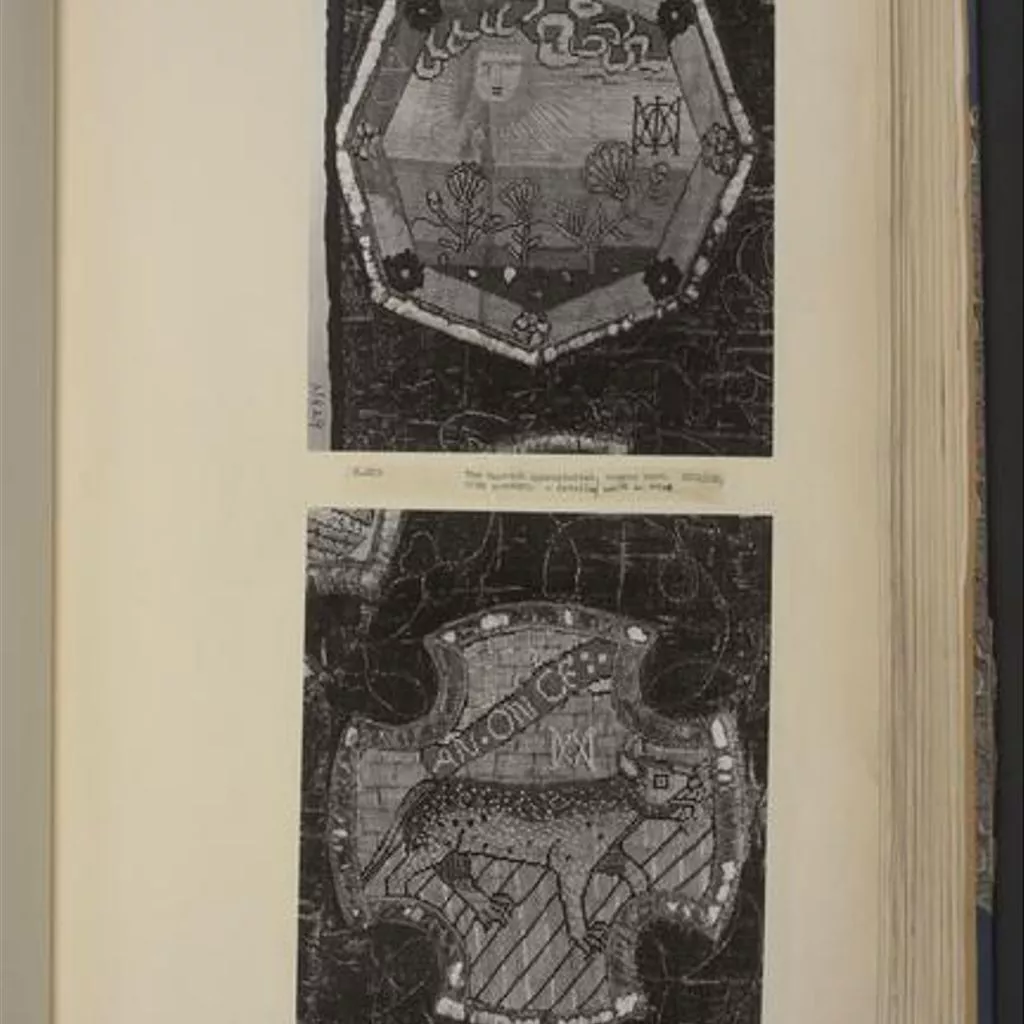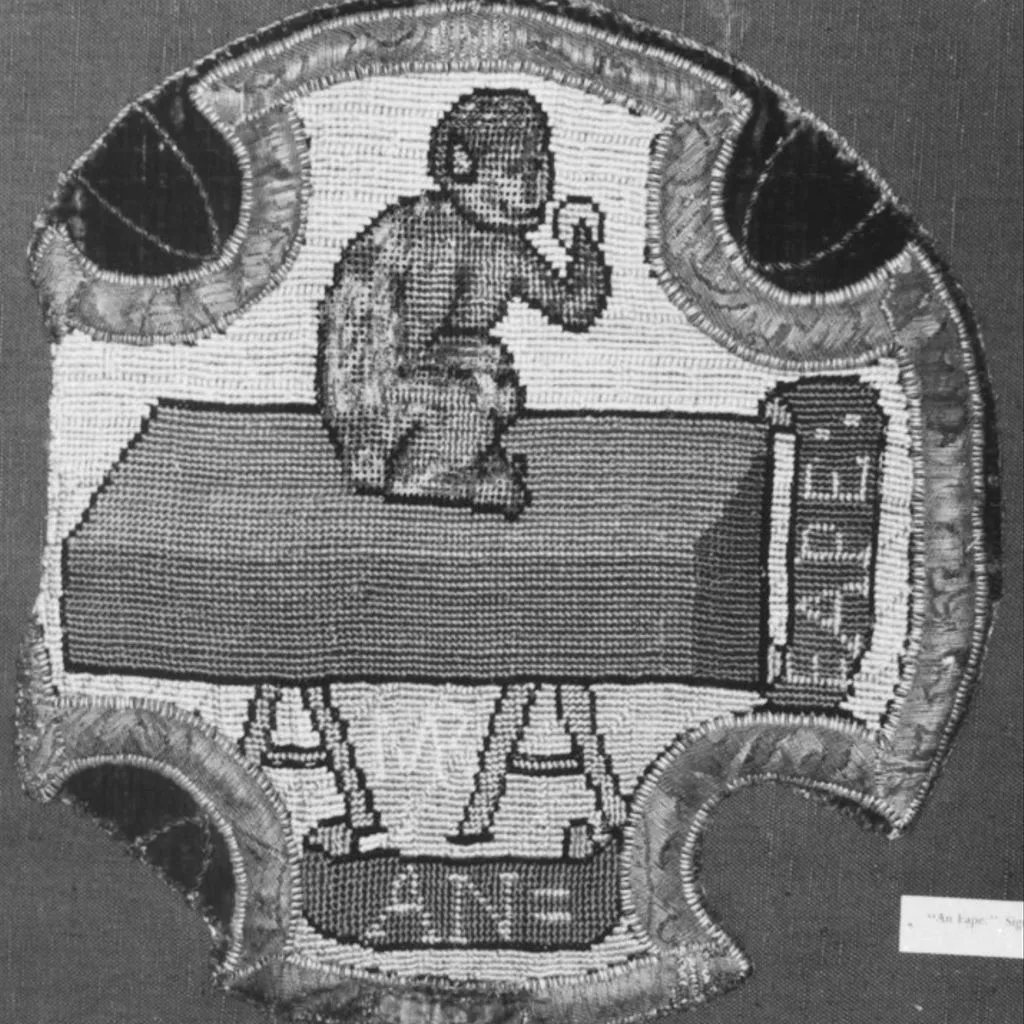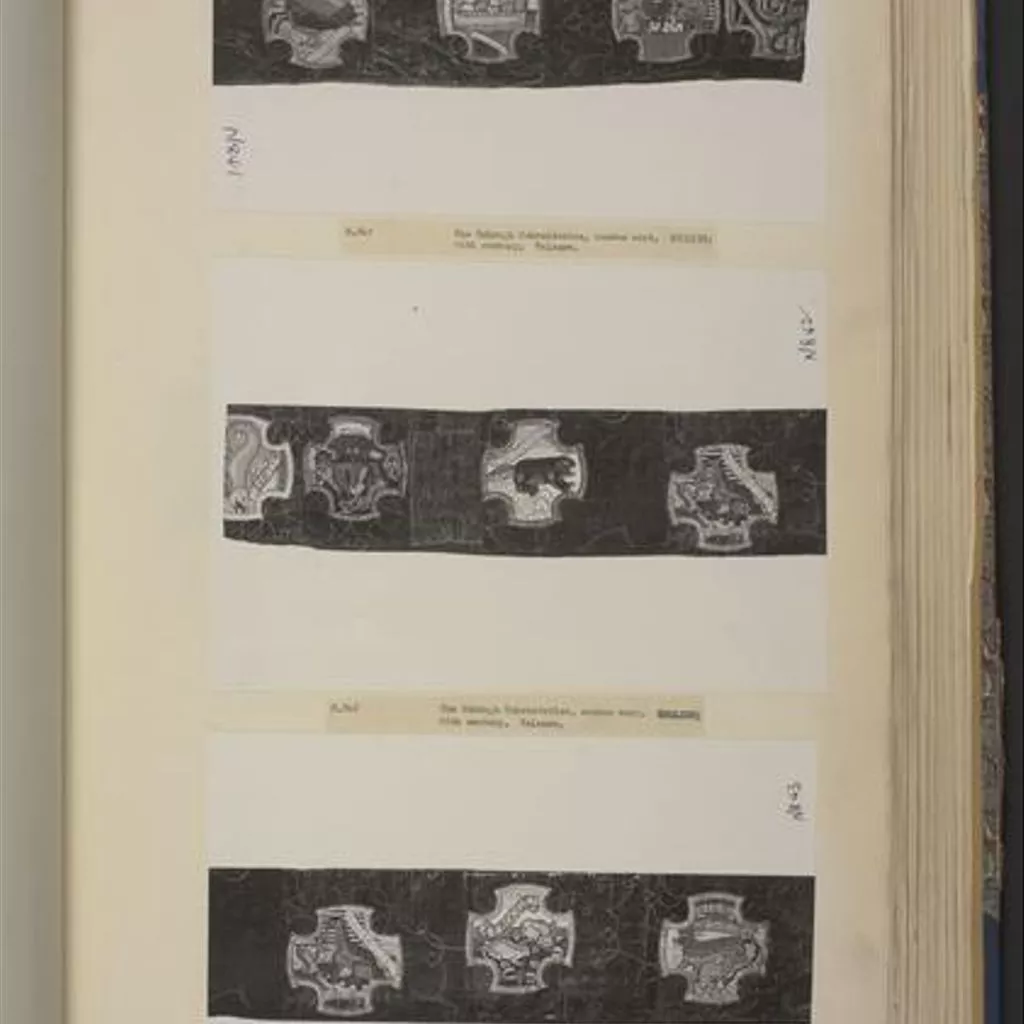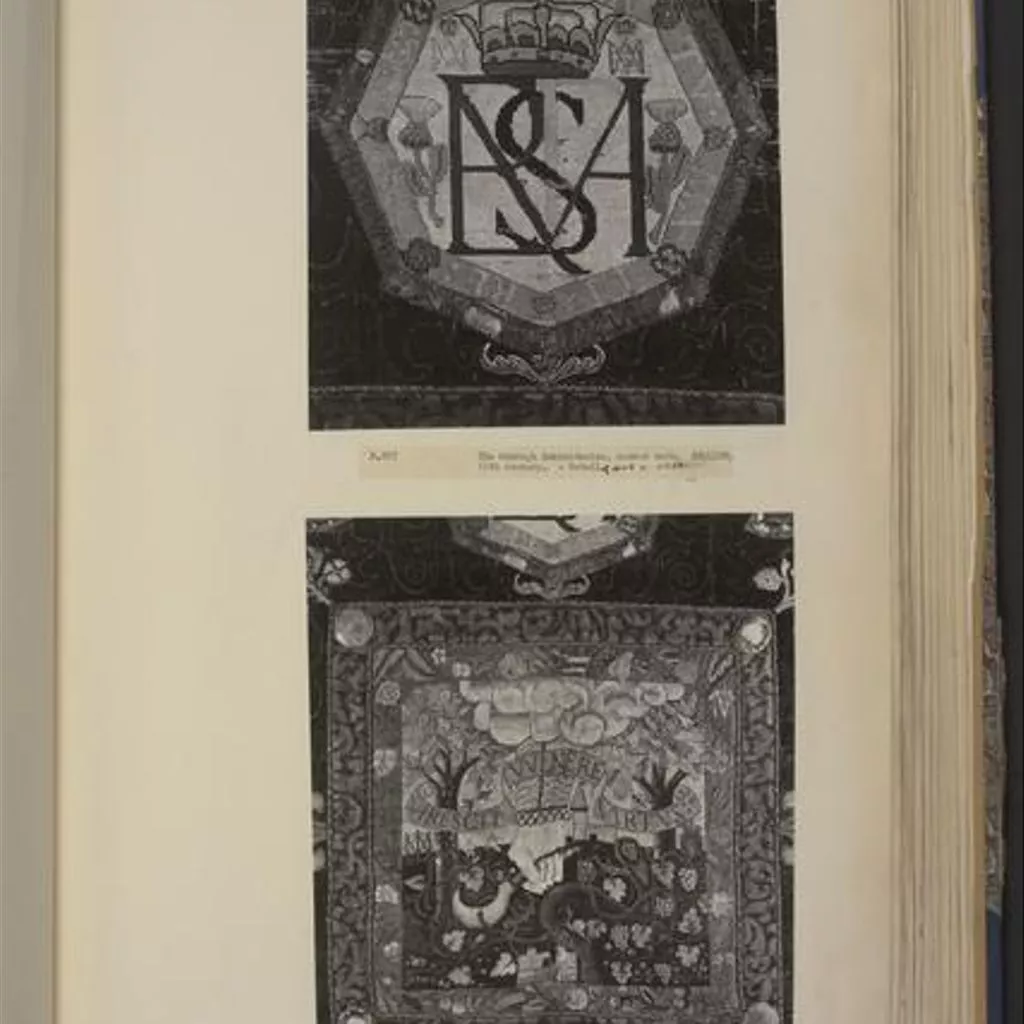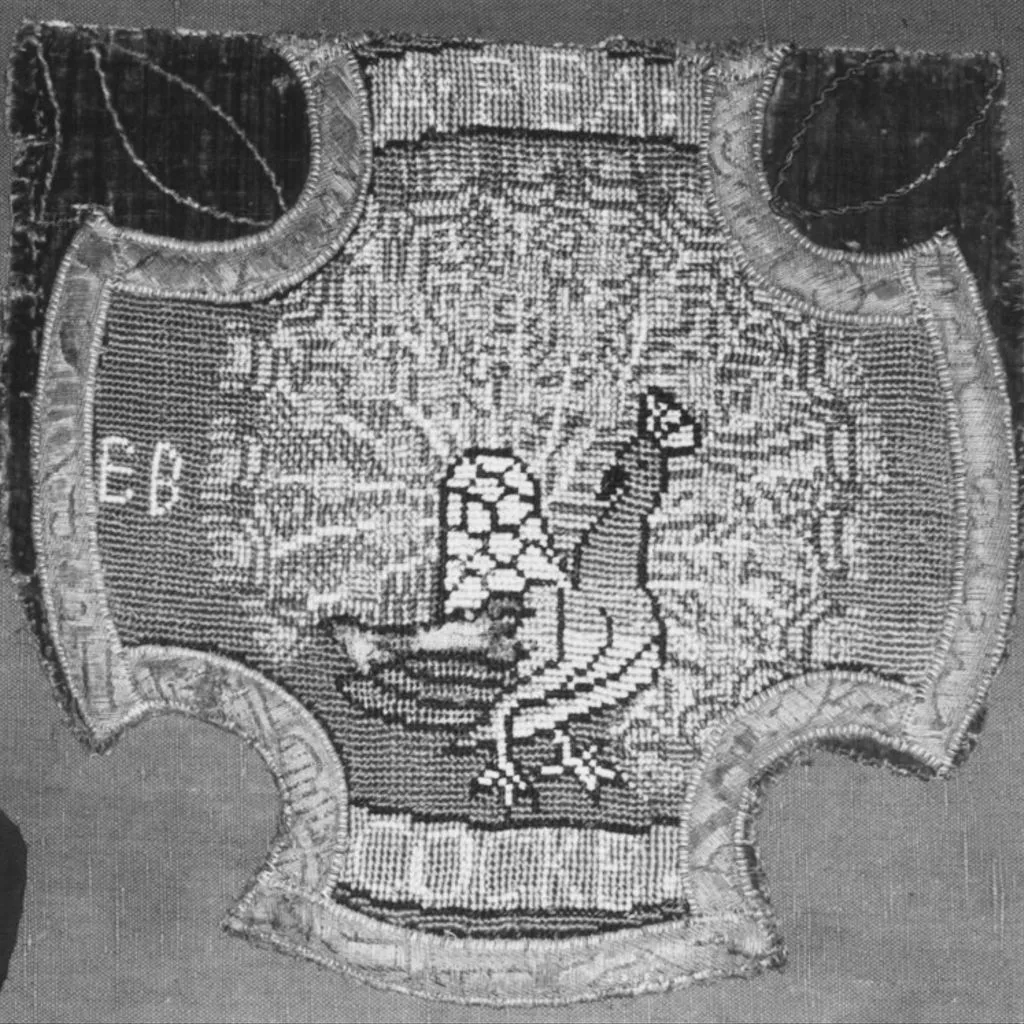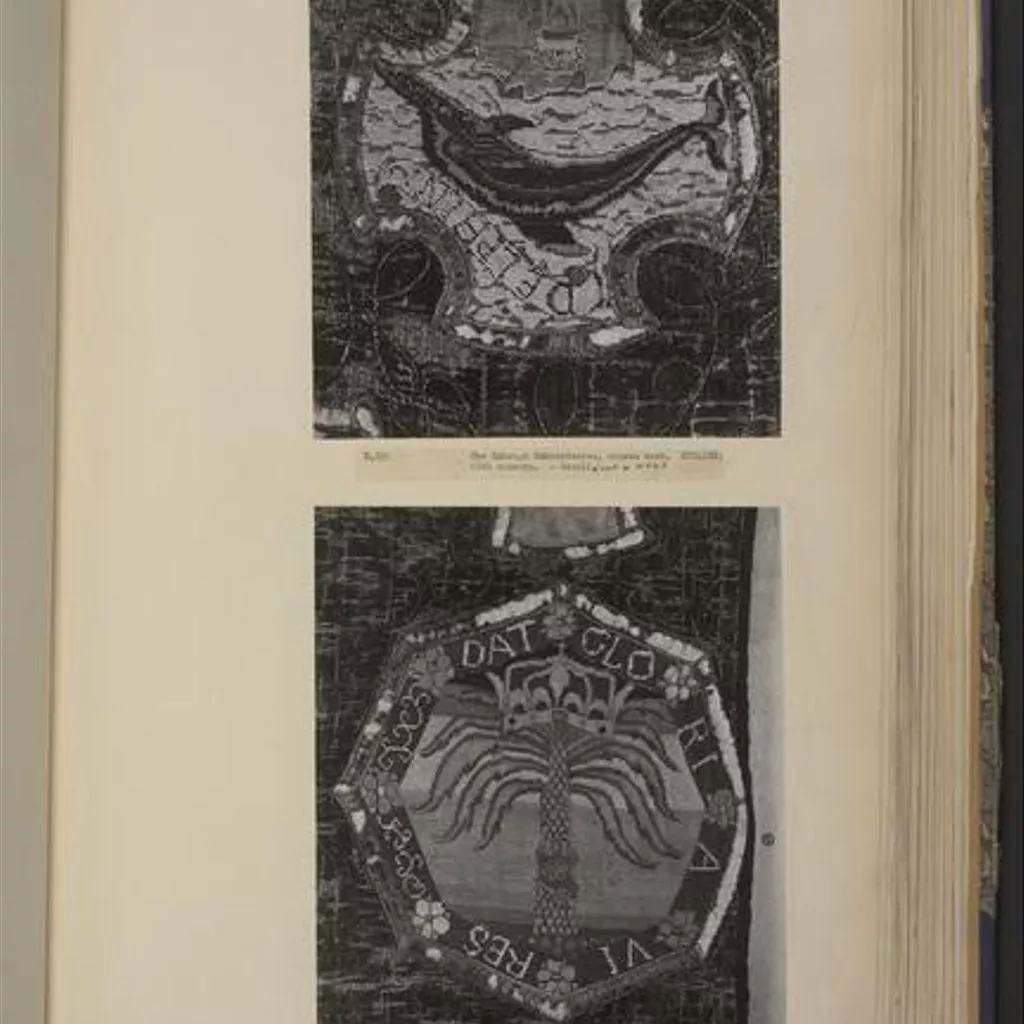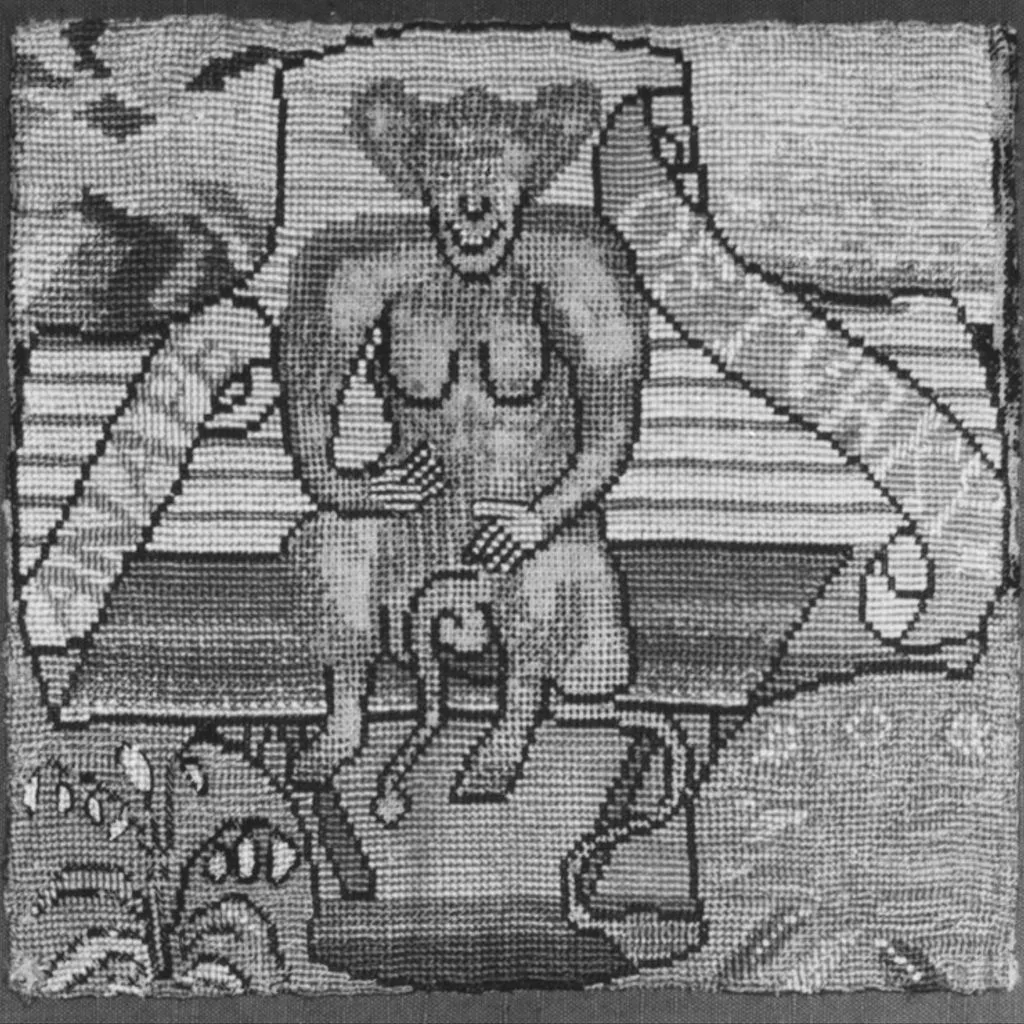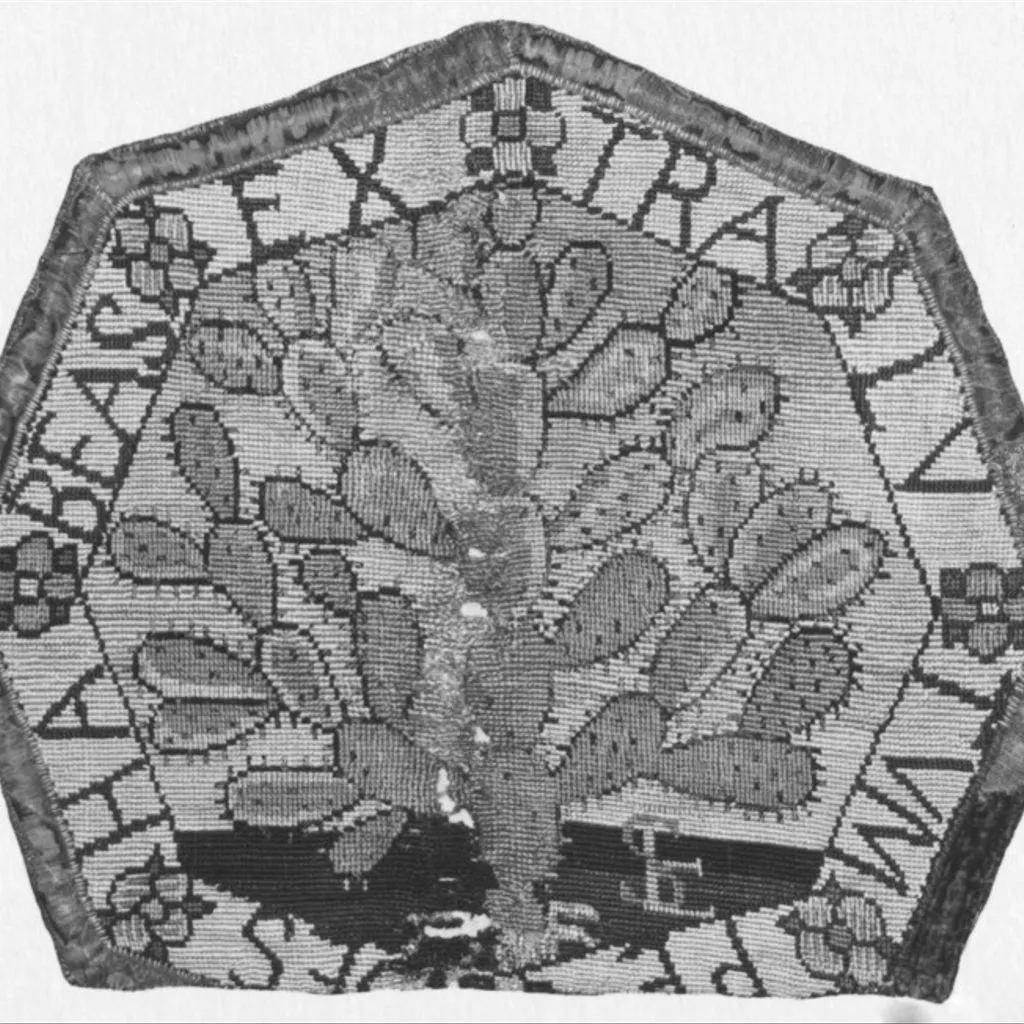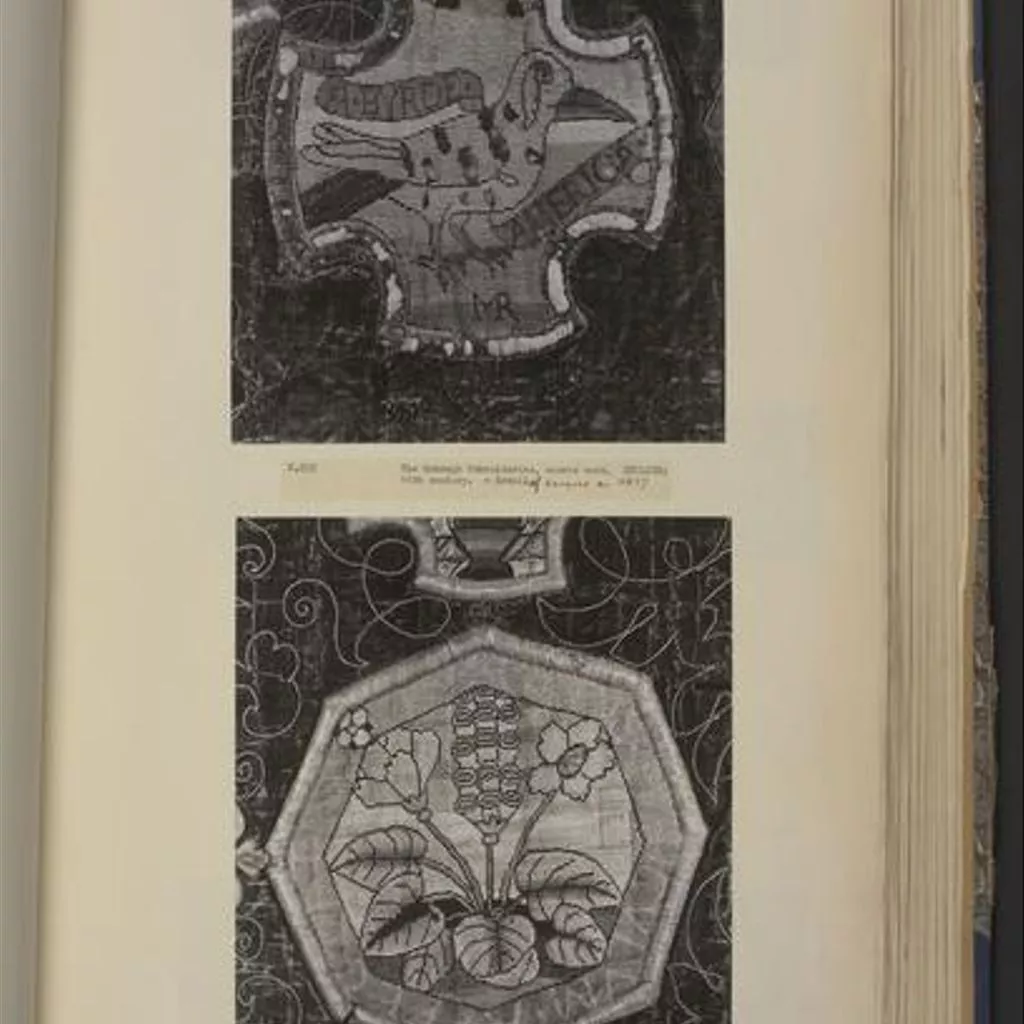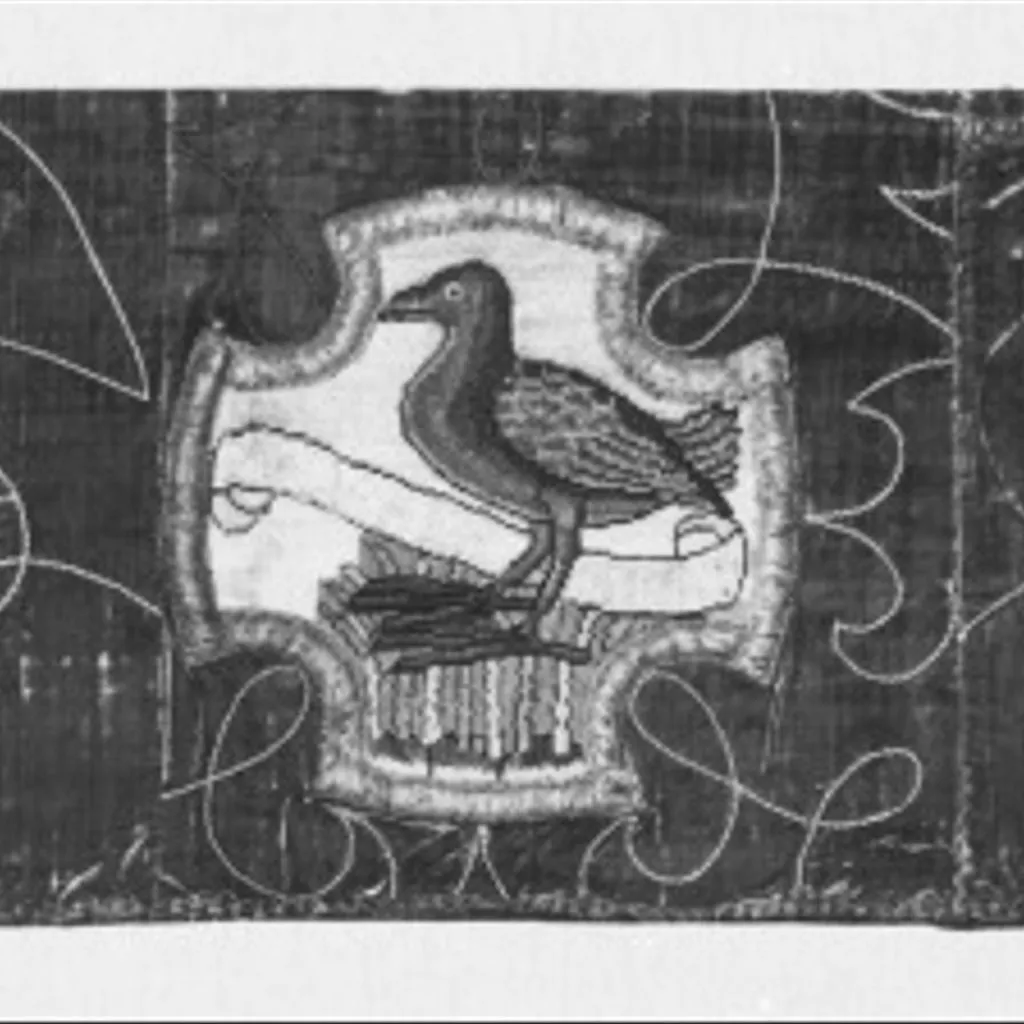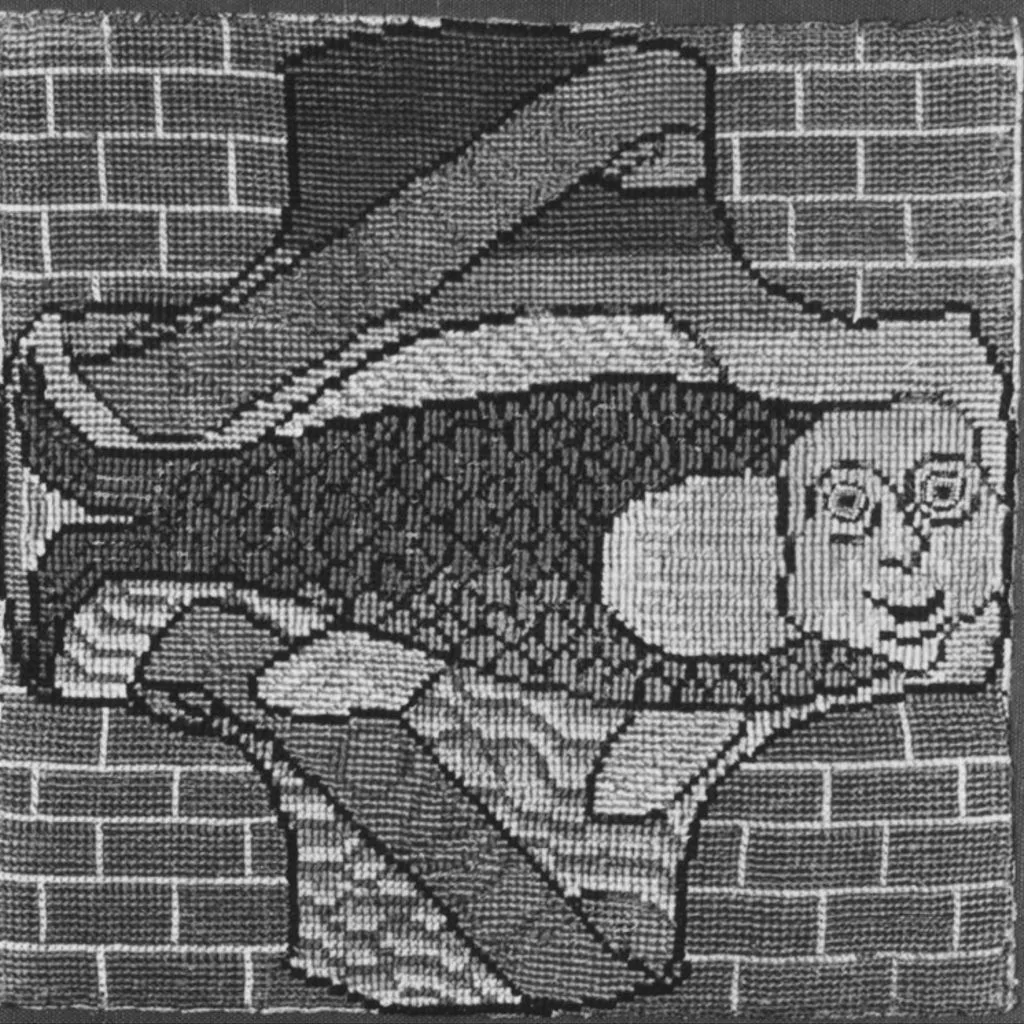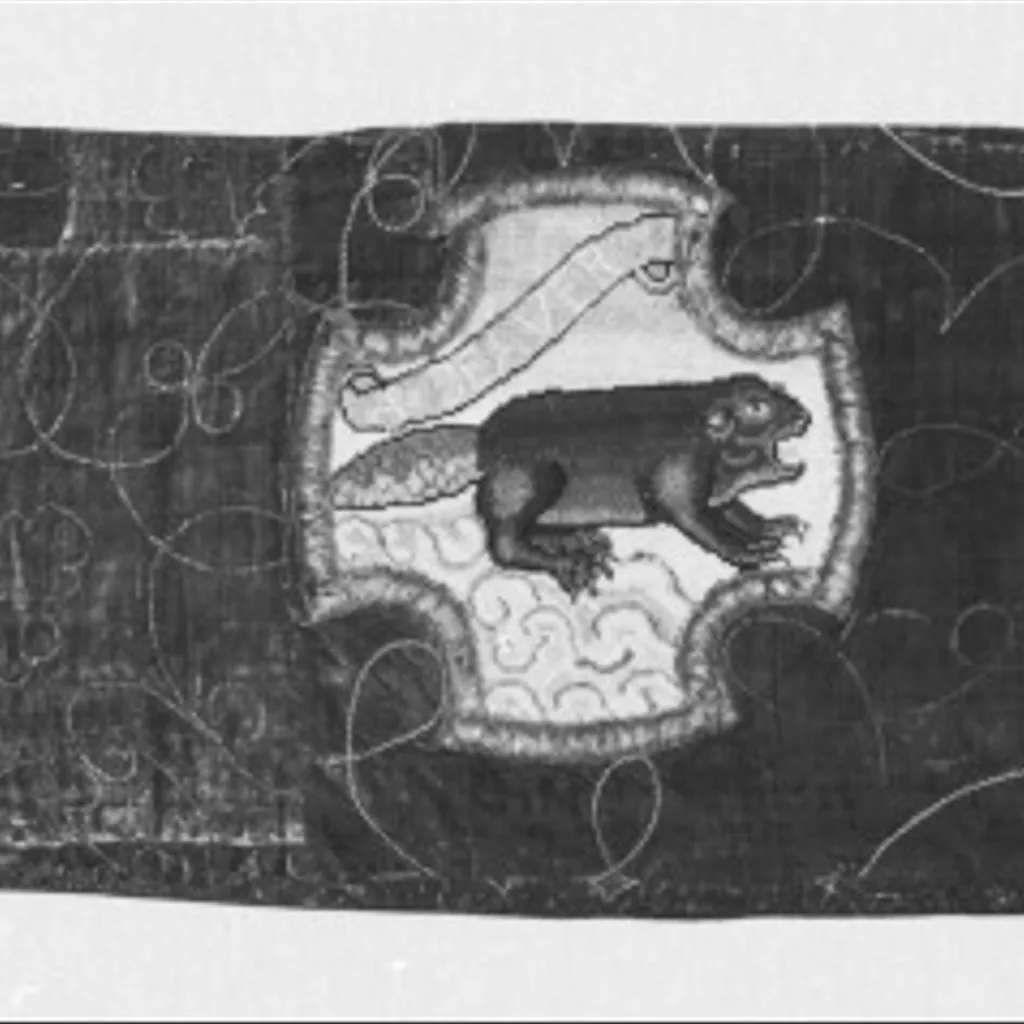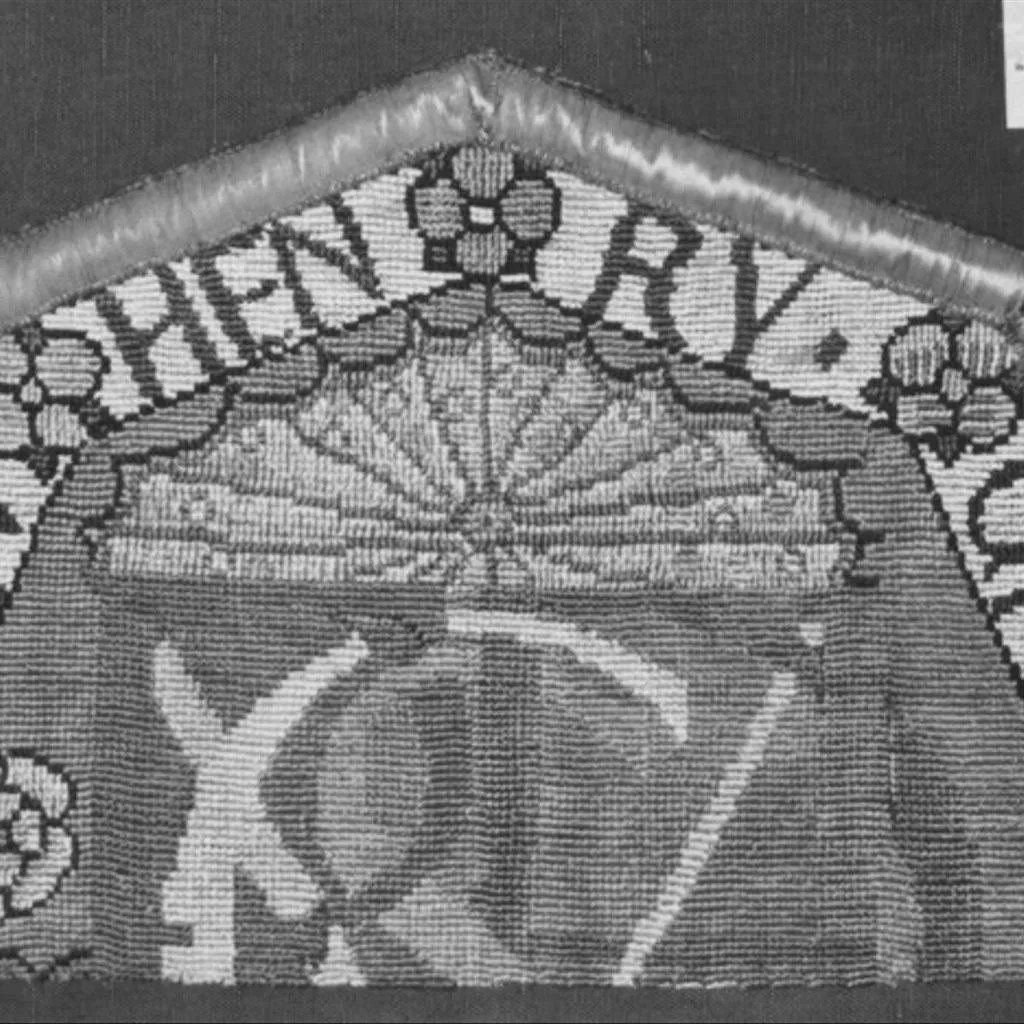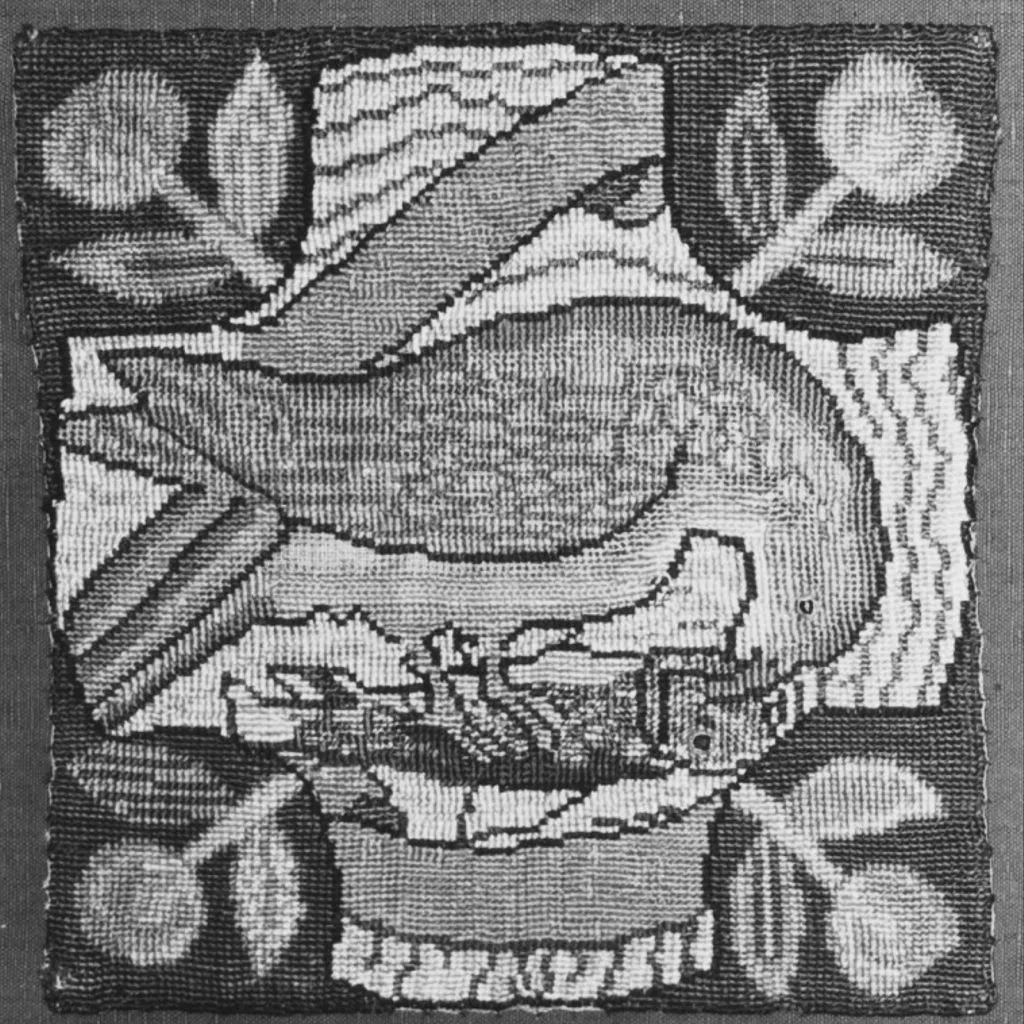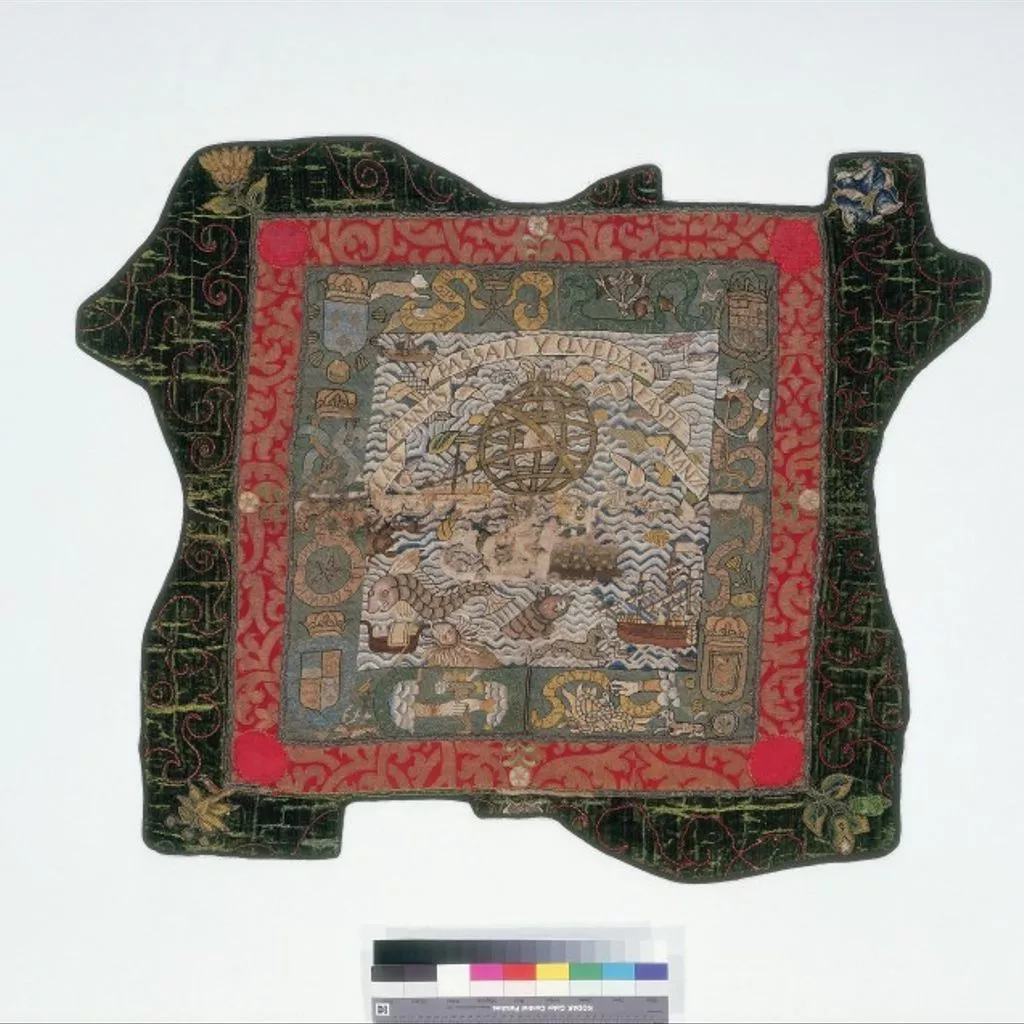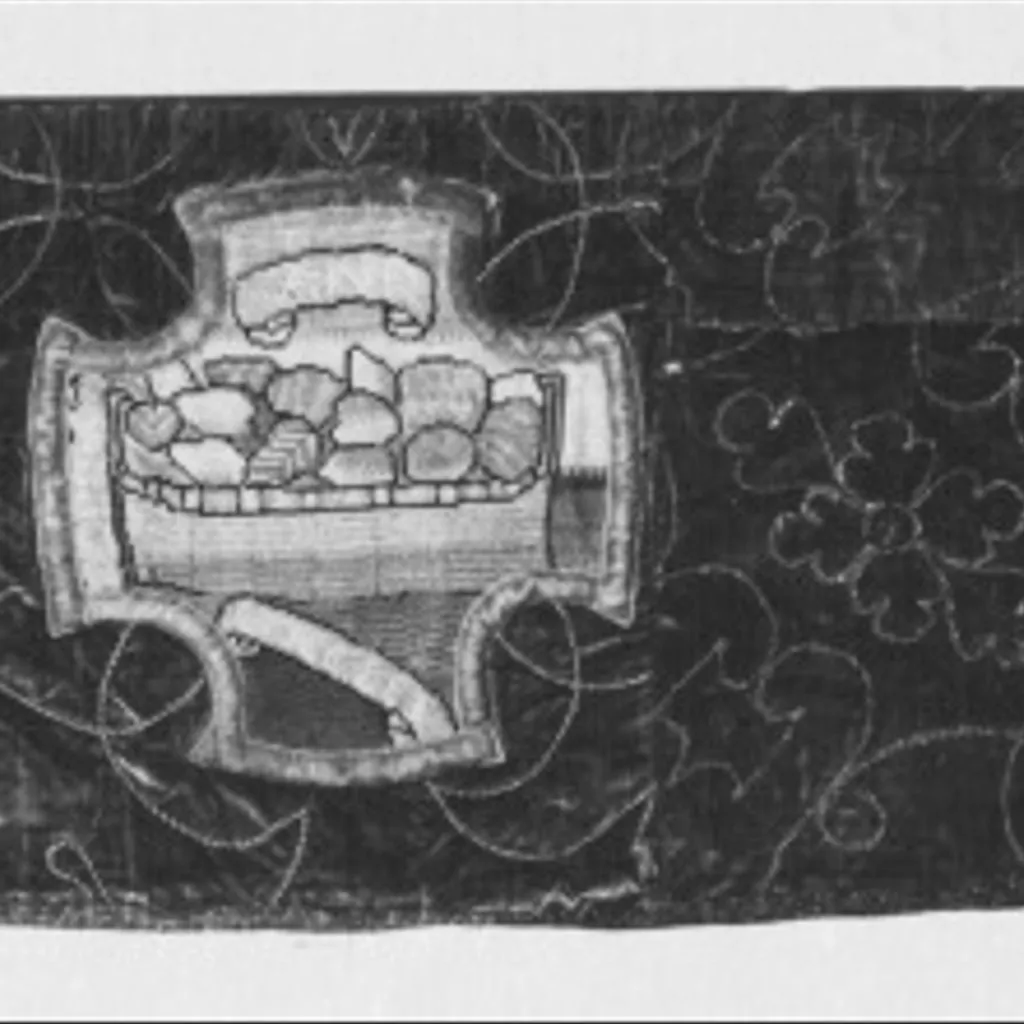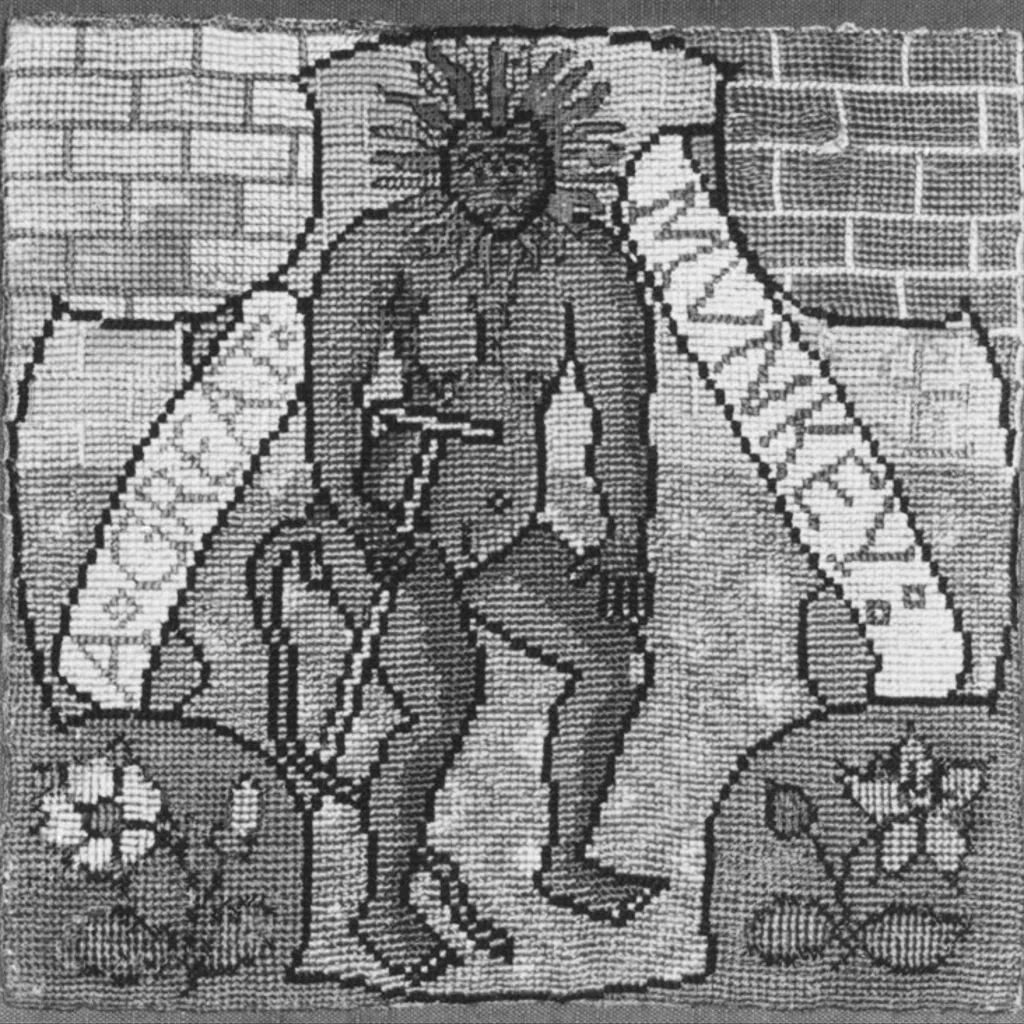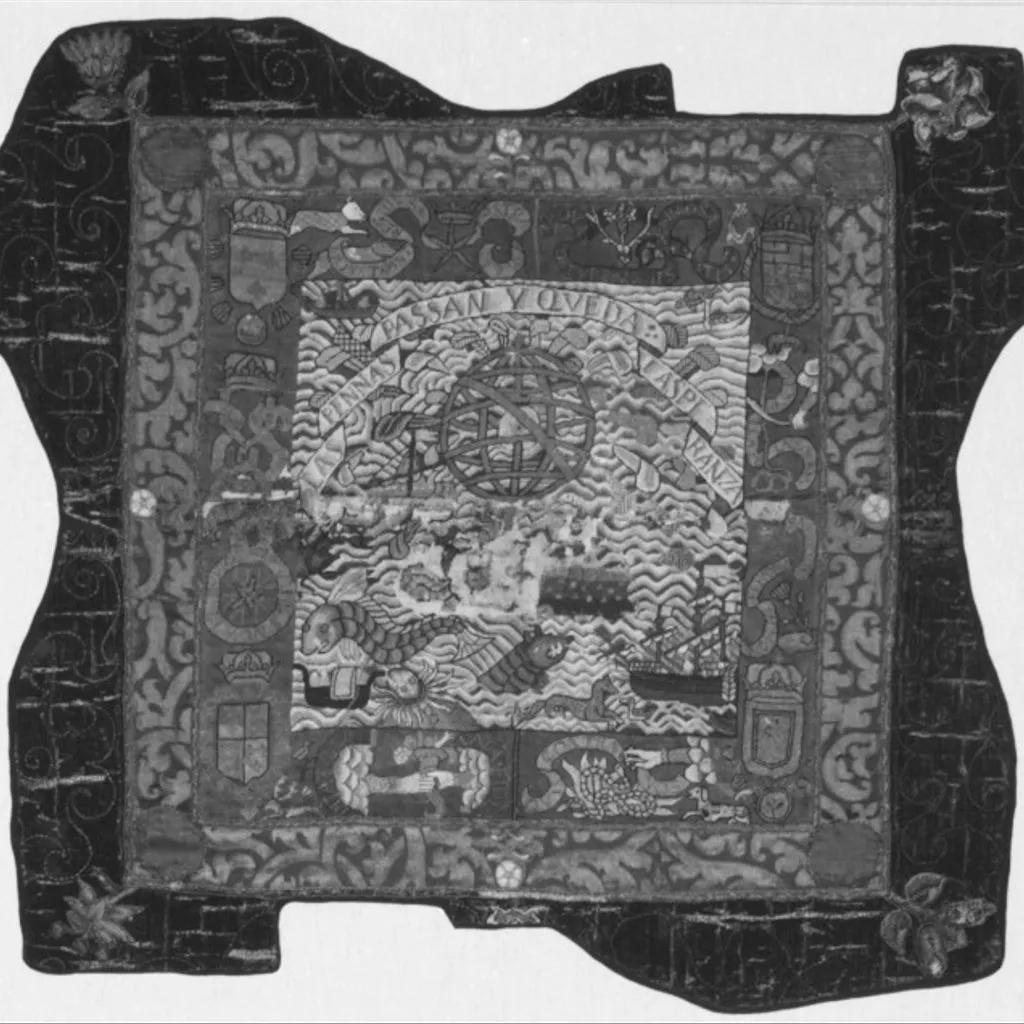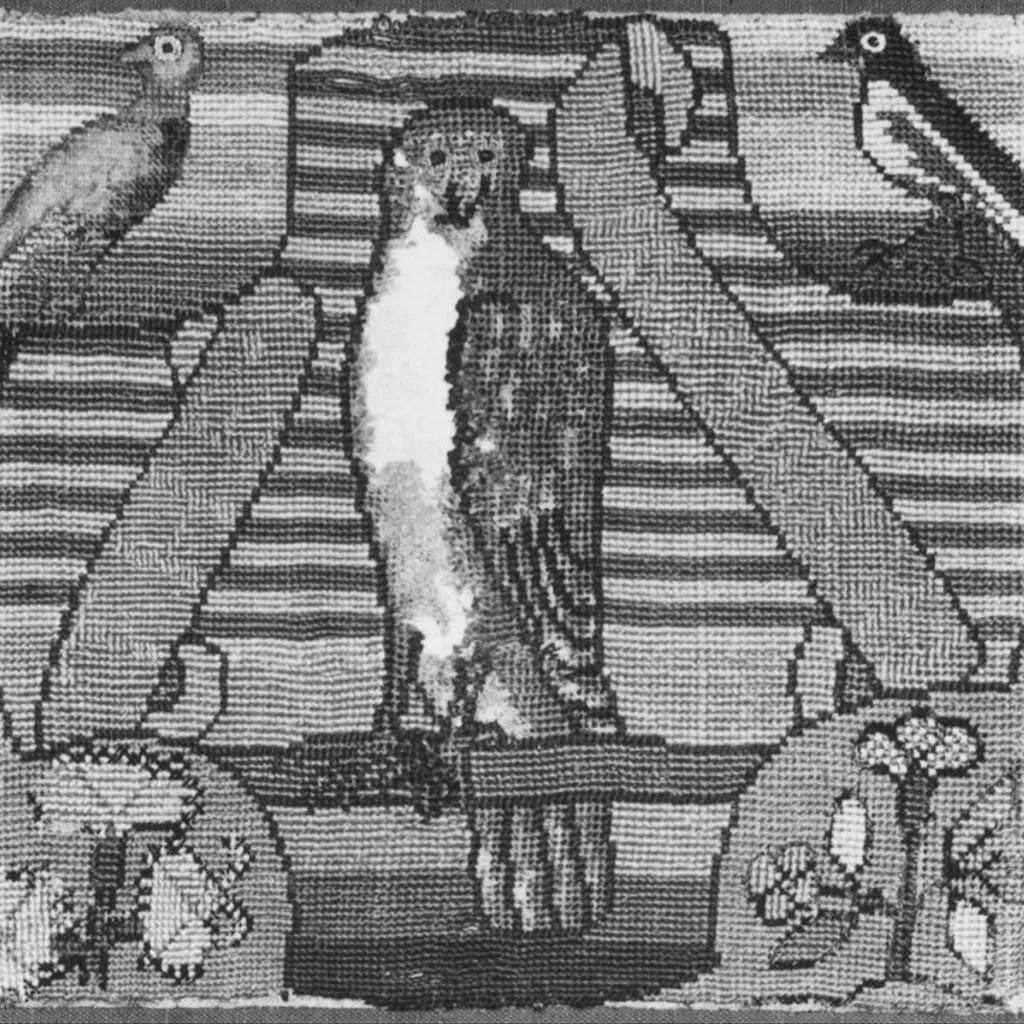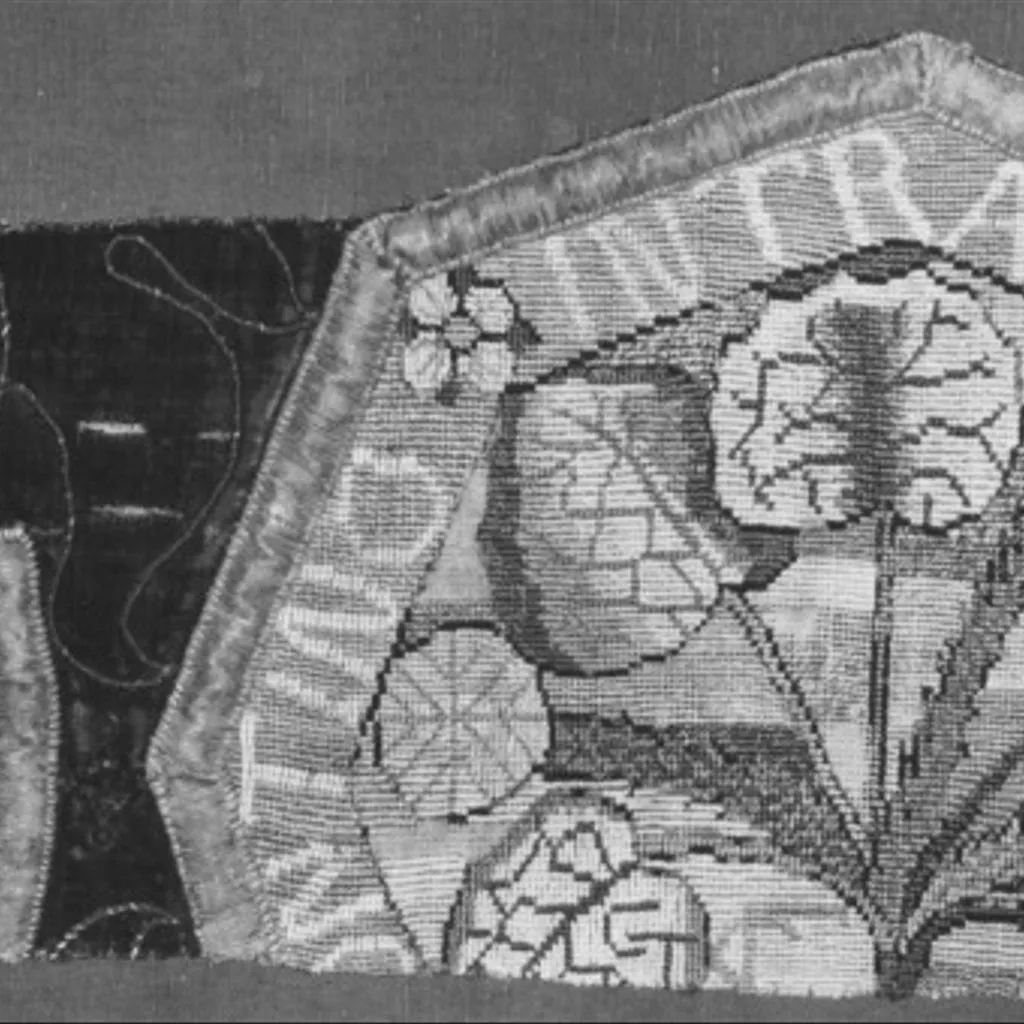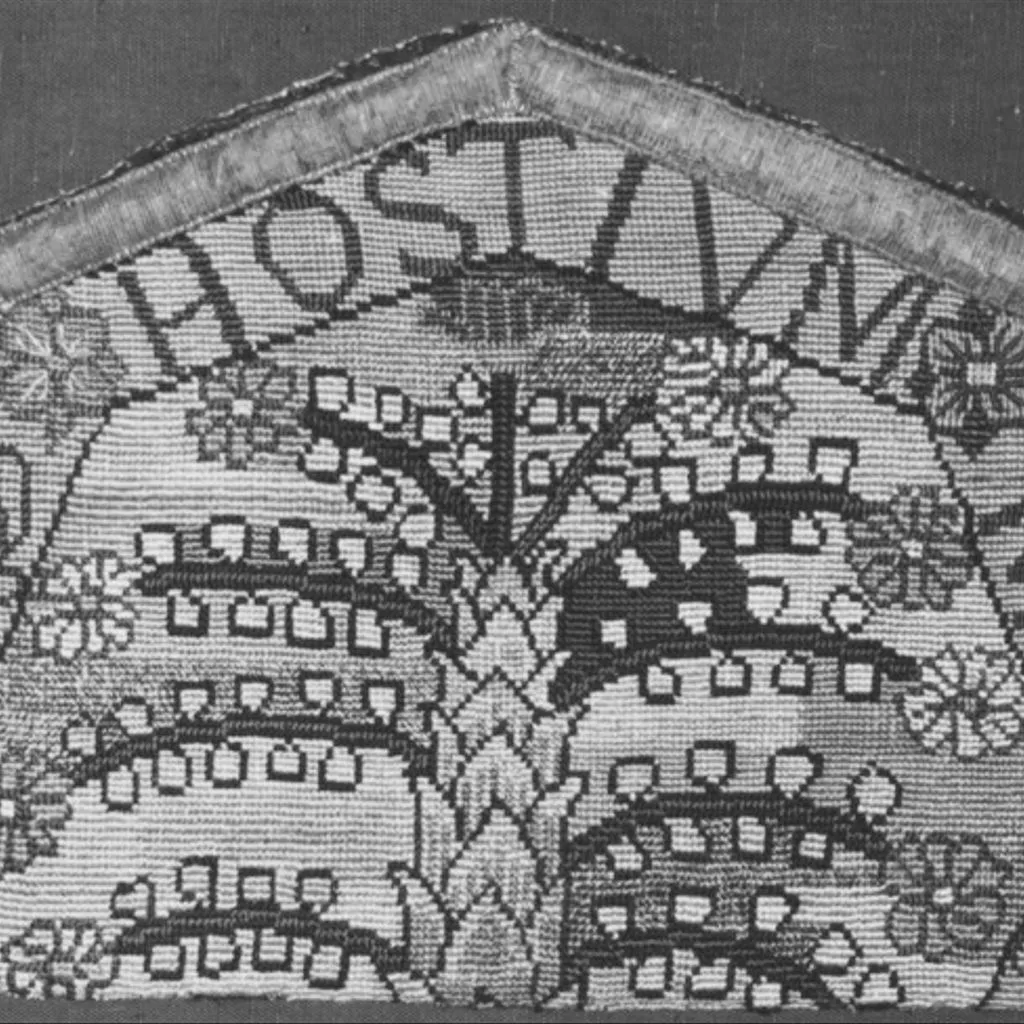1585~, Tutbury
1585~, Tutbury
- Identifier
- T.33-1955
- Acquisition
- Presented by Art Fund
- Carried out by
- Talbot, Elizabeth Countess of Shrewsbury (http://data.silknow.org/activity/designer)
- Collection
- Technique
- Embroidery 100%
- Embroidery 92%
- Embroidery 84%

- Embroidery 93%

- Embroidery 46%

- Embroidery 92%

- Embroidery 86%

- Embroidery 90%

- Embroidery 85%

- Embroidery 96%

- Embroidery 94%

- Embroidery 96%

- Embroidery 98%

- Embroidery 97%

- Embroidery 98%

- Embroidery 98%

- Embroidery 93%

- Embroidery 93%

- Embroidery 99%

- Embroidery 94%

- Embroidery 95%

- Embroidery 95%

- Embroidery 83%

- Embroidery 96%

- Embroidery 99%

- Embroidery 97%

- Embroidery 99%

- Embroidery 87%

- Embroidery 90%

- Embroidery 99%

- Embroidery 98%

- Embroidery 78%

- Embroidery 92%

- Embroidery 98%

- Embroidery 98%

- Embroidery 98%

- Embroidery 93%

- Depiction
- Floral motif 58%

- Floral motif 49%

- Floral motif 69%

- Floral motif 45%

- Floral motif 51%

- Floral motif 60%

- Floral motif 78%

- Floral motif 60%

- Floral motif 62%

- Floral motif 60%

- Floral motif 72%

- Floral motif 49%

- Floral motif 47%

- Floral motif 60%

- Floral motif 45%

- Floral motif 74%

- Floral motif 60%

- Floral motif 50%

- Vegetal motif 40%

- Vegetal motif 40%

- Vegetal motif 44%

- Vegetal motif 38%

- Vegetal motif 47%

- Vegetal motif 54%

- Vegetal motif 45%

- Vegetal motif 50%

- Vegetal motif 35%

- Vegetal motif 45%

- Geometrical motif 58%

- Geometrical motif 59%

- Geometrical motif 65%

- Geometrical motif 38%

- Geometrical motif 43%

- Geometrical motif 43%

- Geometrical motif 40%

- Floral motif 58%
- Dimension
- 168.60000610351562 cm (height)192.5 cm (width)
- Production time
- Production place
- Type of object
Description
Mary Queen of Scots' troubled reign in Scotland ended in 1568 when the Scottish Lords forced her to flee across the border into England. As Elizabeth's cousin Mary had long claimed the English throne, leading Elizabeth to see Mary as a threat and place her in the custody of the Earl of Shrewsbury. Mary was held captive in various English country houses for 19 years. She was finally executed in 1587.
Mary Queen of Scots (1542-1587) embroidered these panels with Elizabeth Talbot, Countess of Shrewsbury (Bess of Hardwick) and ladies of the household, during her imprisonment. Mary may have intended the large central panel as a cushion for Philip Howard, Earl of Arundel (1557-1595), an English Catholic courtier imprisoned in London by Elizabeth I. Mary's emblem of the marigold turning towards the sun (lower right) has been combined with various coats of arms and emblems representing courage in adversity. Many other panels from the same group are now at Oxburgh Hall, Norfolk. [27/03/2003] Object Type
Making up large decorative hangings from a number of smaller panels which were then applied to a sympathetic background material, was a popular pastime of well-to-do ladies in the 16th century. This allowed a group of women to embroider individual panels at the same time. If required, the hanging could be dismantled at a later stage and the panels re-used.
Historical Associations
Surviving embroideries can rarely be identified as having been owned or worked by royalty. Unfortunately for the doomed Mary, Queen of Scots, she had plenty of time while imprisoned to work on numerous embroideries, some of which include her initials or cipher. This activity must have both filled her time and occupied her mind as many of the emblems or mottoes used have more significance than is immediately apparent.
Subjects Depicted
Mary's personal cipher is not included but her identity would have been clear to the recipient. Her emblem of the marigold turning towards the sun and a dog, symbolising a faithful friend are seen with the royal arms of Scotland surrounded by the Order of the Thistle.
A 1586 Inventory of Mary's belongings lists: ' a square of petit point, with a single emblem in the middle and others around (it) with the arms of France, Scotland, Spain and England ', which may well be this panel. Textile panel of embroidered linen canvas with gold, silver and silk threads in tent stitch. With a design of feathers falling about an armillory sphere which stands on a rock in the midst of the sea. The sea is peopled by sea monsters and ships. Motto 'LAS PENNAS PASSAN Y QVEDA LA SPERANZA' (Sorrow pass and hope abides), Embroidered border containing the Royal Arms of England, France, Scotland and Spain with the devices of various orders and emblematic designs. Lined. Textile panel 'The Oxburgh Hangings' of embroidered linen canvas with gold, silver and silk threads, possibly made by Elizabeth Talbot and Mary Queen of Scots, probably made in Tutbury, ca. 1585
